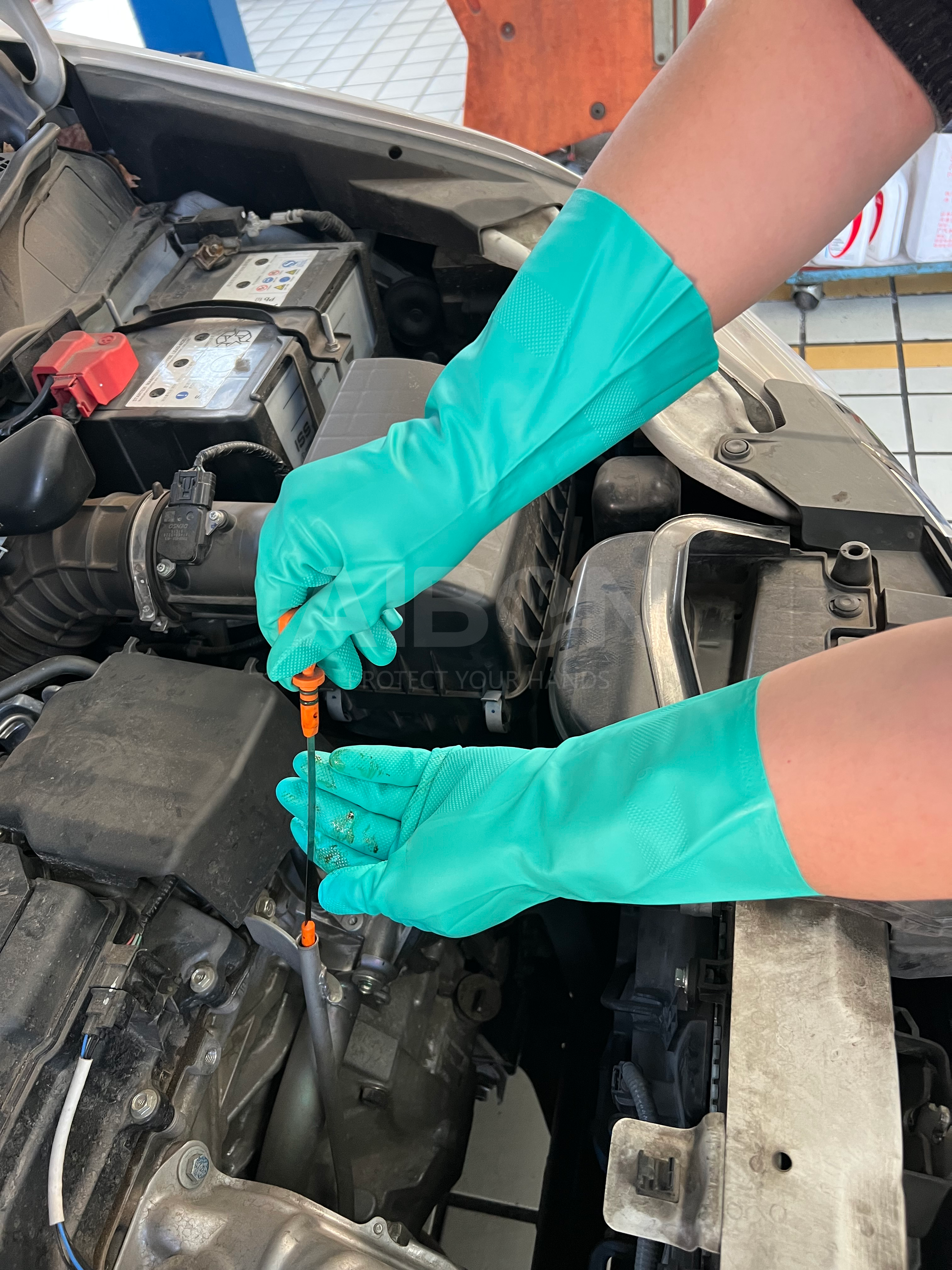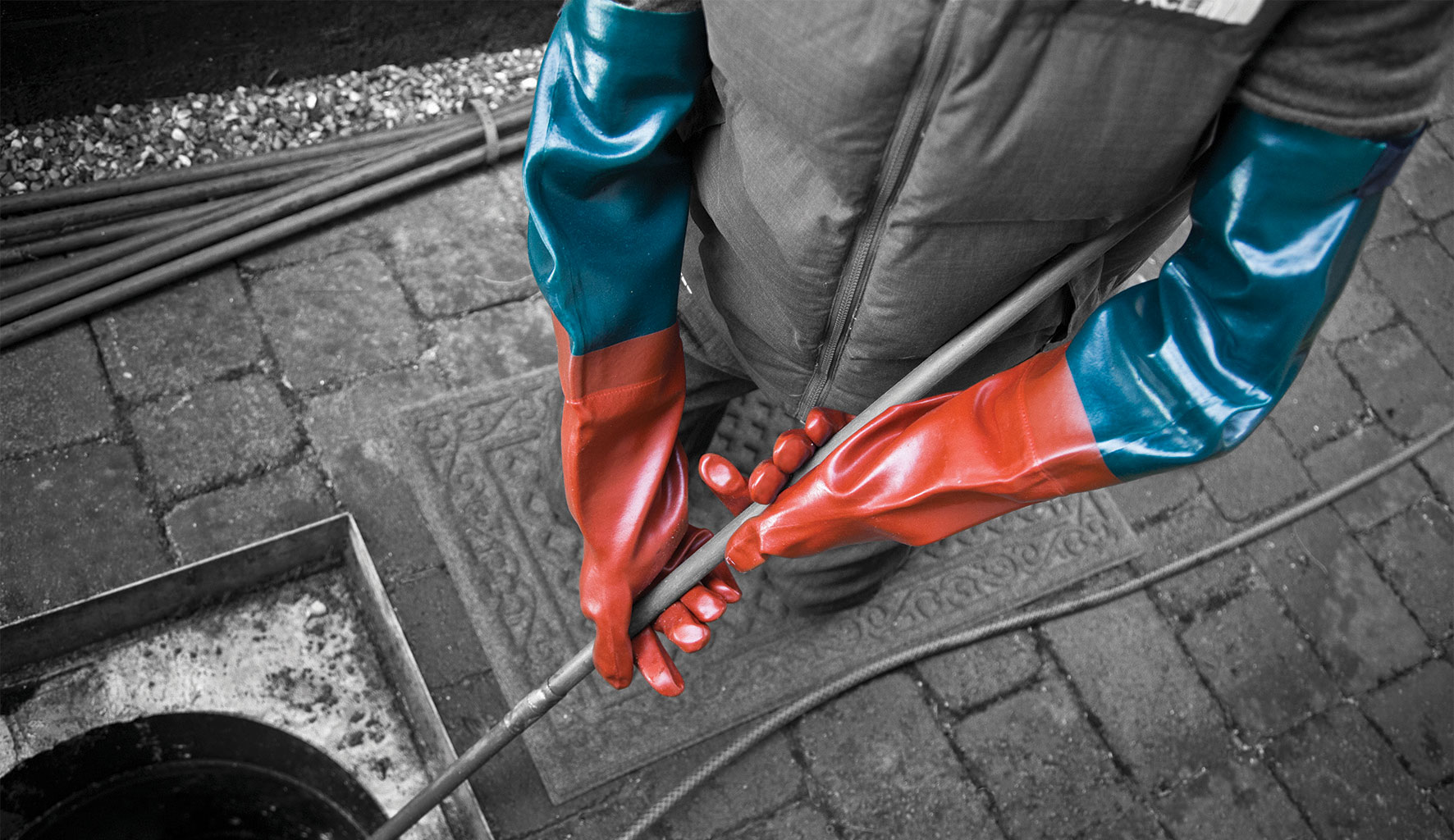No matter the situation, gloves are an essential safety protective gear, especially when cleaning. Have you ever encountered problems like slippery gloves that make it difficult to hold onto objects, or gloves that tear after only a few washes? Choosing the right cleaning gloves not only protects your hands but also makes household chores more efficient. The right cleaning gloves are not just tools; they are guardians of your hands. Taking the time to find the pair that suits your needs can make cleaning work easier and more enjoyable. Next, we will guide you through how to choose the right gloves for cleaning.

Choose Gloves Based on the Scenario
First, you need to deeply understand whether there are hidden dangers in the environment where you’ll be wearing the gloves. Choose gloves that can protect against the specific dangers of the environment. Next, once you’ve selected the gloves, it’s essential to choose the right material as gloves come in various materials. Below are some commonly used gloves for your reference.

Latex Gloves
Latex gloves are made from the sap of the rubber tree in Brazil, processed with filtration and mixed with chemical additives, followed by molding, heating, curing, washing, and rinsing. The result is a product combining natural latex and synthetic materials.
Latex gloves are soft and fit well to the hands, with excellent elasticity. They are suitable for everyday household cleaning tasks such as dishwashing, wiping tables, and cleaning windows. However, some people are allergic to latex. If you are allergic, avoid using latex gloves. Instead, you can use nitrile gloves as an alternative for the same tasks.

Nitrile Gloves
Nitrile gloves are made from a polymer of acrylonitrile and butadiene. They offer excellent oil and chemical resistance, especially in terms of oil resistance and organic solvents, making them superior to natural latex and PVC gloves. They have higher strength and can resist substances such as diesel, gasoline, kerosene, ethanol, isopropanol, methanol, and weak acids and bases like dilute hydrochloric acid, dilute sulfuric acid, and dilute sodium hydroxide. They are perfect for cleaning kitchen grease and working with cleaning agents. For people allergic to latex, nitrile gloves are an ideal choice.

PVC Gloves
PVC gloves are made from thermoplastic polyvinyl chloride combined with various additives. They offer excellent waterproof performance, especially in wet and muddy environments. PVC is effective against acids, bases, alcohol, cleaning agents, and oils such as motor oil, lubricants, and diesel. Compared to general gloves, PVC gloves are thicker and more durable, making them suitable for heavy-duty cleaning tasks in areas like bathrooms and toilets.
Polyethylene Gloves (PE)
Polyethylene gloves are made from polyethylene, making them thin, soft, and lightweight. However, they do not fit as snugly and offer poor chemical resistance. They are waterproof and are ideal for single-use tasks. They are cost-effective and suitable for short-term operations, like light cleaning in kitchens and balconies.

Choose Gloves Based on Length and Thickness
Select the appropriate glove length according to your specific needs. Below are common glove lengths and thicknesses to help you choose.
Length Options
Short (to the wrist): Suitable for simple daily cleaning tasks; flexible and convenient.
Medium-length (to the forearm): Ideal for dishwashing or cleaning bathrooms, preventing water and cleaning agents from splashing.
Long (above the elbow): Best for heavy grease or highly corrosive cleaning agents, offering more protection.
Thickness Options
Thin Gloves: Flexible and ideal for light cleaning or single-use tasks.
Medium-thick Gloves: Durable and moderately flexible, suitable for everyday household chores.
Heavy-duty Gloves: Wear-resistant and puncture-resistant, ideal for heavy cleaning or long-term exposure to cleaning agents.
Choose Gloves Based on Hand Size
Measure your hands appropriately, and use the corresponding data to select gloves based on the size chart provided by the supplier. If possible, ask for sample gloves to test which size fits your hands best.
Certification
When selecting cleaning gloves, ensure that they have been certified by authoritative institutions for safety, protection, quality, or industry compliance. This will guarantee the gloves’ reliability and prevent unnecessary costs.
Eco-friendly Choice: Sustainable Cleaning Gloves
Protecting the Earth is everyone’s responsibility. Nowadays, there are biodegradable latex gloves and gloves made from recycled materials. Though slightly more expensive, they are friendlier to the environment.

Conclusion
The right cleaning gloves are not just tools, but an essential barrier to protect your hands. Investing in high-quality gloves that suit your needs will make cleaning tasks easier and more enjoyable. Remember, the best gloves are those that you barely feel but provide complete protection.
If you are interested in cleaning gloves or would like to learn more, please feel free to contact us. Aibon is always online to assist you.
How to Measure Glove Sizes – Source: AIBON
Latex gloves– Source: AIBON
Safety gloves– Source: AIBON
Working gloves– Source: AIBON

